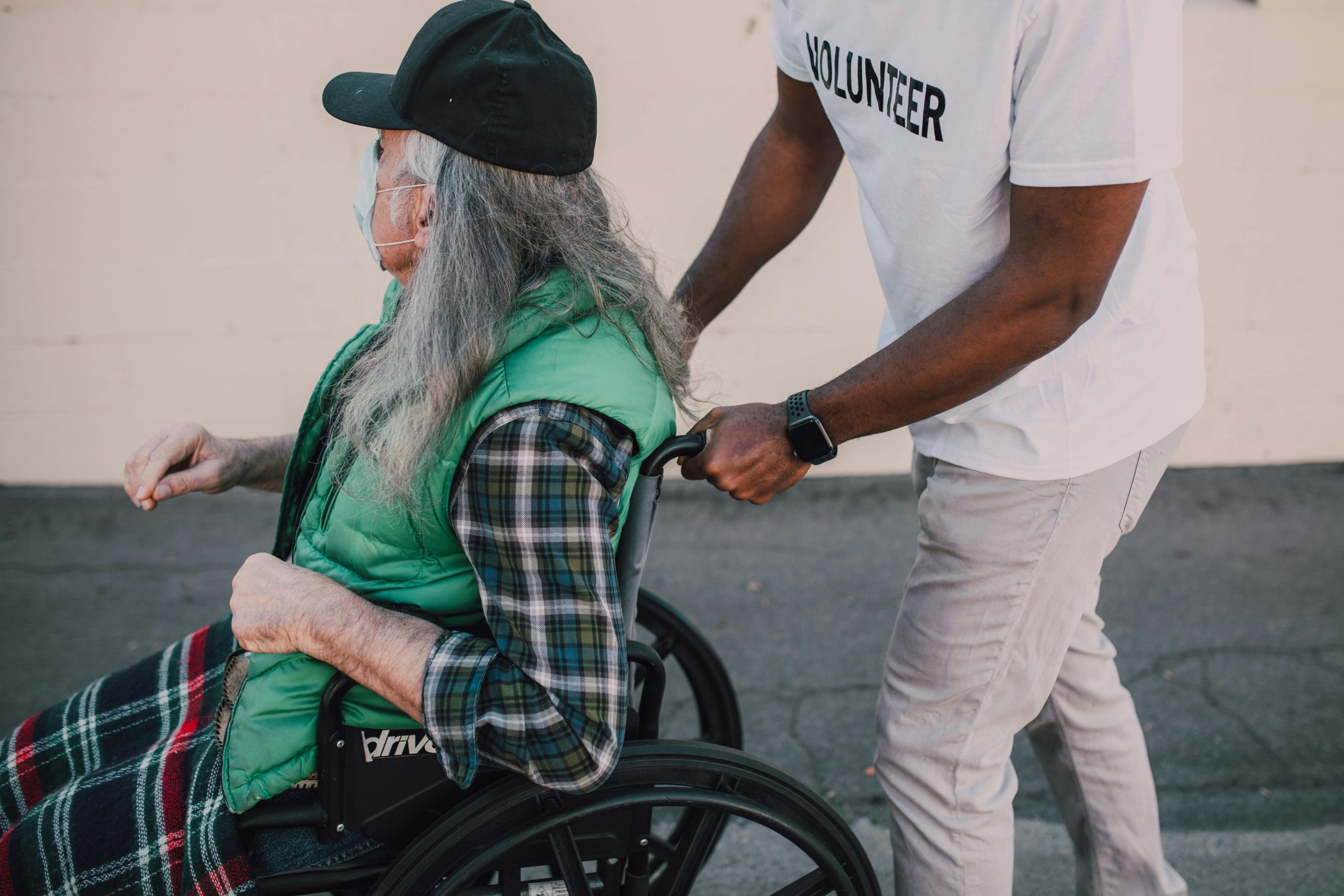How changing demographics drive senior housing demand
As the baby boomer generation continues to age, there has been a significant increase in the demand for senior housing. This demographic shift has led to a surge in the development of senior housing communities, as well as other services catered towards this growing population. In this article, we will explore the changing demographics that are driving the demand for senior housing and the impact it has on the real estate market. By understanding these trends, we can gain a deeper insight into the future of senior housing and how it will continue to evolve in the coming years.
The Aging Population
According to the U.S. Census Bureau, the number of Americans aged 65 and older is expected to reach 83.7 million by the year 2050. This dramatic increase is due to the aging of the baby boomer generation, who were born between 1946 and 1964. As this generation reaches retirement age, they will make up a significant portion of the overall population and will require specialized housing options to accommodate their changing needs.
The Rise of Retirement Communities
Retirement communities have become increasingly popular among the aging population. These communities offer a wide range of amenities and services that cater to the needs and preferences of seniors. From independent living options to assisted living facilities, retirement communities provide a sense of community, security, and convenience for the elderly. As a result, more and more seniors are opting to live in retirement communities rather than staying in their own homes.
Healthcare Advances
One of the main reasons for the increased demand for senior housing is the advancements in healthcare. People are living longer, and their healthcare needs are becoming more complex. As a result, many seniors require specialized care that can only be provided in senior living communities. These facilities offer a range of healthcare services, from basic medical care to memory care for those with Alzheimer’s or dementia. This allows seniors to age in place and receive the care they need in a comfortable and supportive environment.
The Changing Economy
The economic factors also play a significant role in the demand for senior housing. With the rising cost of living, many seniors struggle to maintain their homes and cover their everyday expenses. As a result, they are forced to sell their homes and downsize, making senior housing options more appealing. Moreover, with fewer pensions and retirement benefits available, many seniors are looking for affordable housing options that fit their budget. Retirement communities often offer fixed monthly rates, making it easier for seniors to plan and manage their finances.
The Millennial Influence
Contrary to popular belief, it’s not just the aging population that is driving the demand for senior housing. The younger generation, especially millennials, also play a significant role. As the children of the baby boomers, millennials are involved in the decision-making process when it comes to their parents’ living arrangements. They are often looking for modern and convenient housing options that provide safety and support for their aging parents. This has led to the growth of upscale senior living communities that cater to the preferences of both the seniors and their adult children.
The Impact on the Real Estate Market
The growing demand for senior housing has also had a significant impact on the real estate market. With the increasing number of senior living facilities being built, there is a higher demand for land and properties suitable for development. This has led to rising property prices, especially in areas where senior communities are in high demand. Additionally, as more seniors choose to downsize or move into retirement communities, there is a decrease in the number of homes available for sale, further driving up housing prices in many areas.
The Trend Continues
As the baby boomer generation continues to age and the demand for senior housing continues to rise, this trend is expected to continue for the foreseeable future. This presents an excellent opportunity for investors and developers to capitalize on the growing demand for senior housing. Moreover, with the changing demographics, it is essential to adapt and create innovative solutions that cater to the evolving needs of the aging population.
In conclusion, the changing demographics of the aging population have led to a surge in the demand for senior housing. From retirement communities to specialized healthcare services, seniors now have a variety of options available to cater to their changing needs. As the trend continues to rise, it is crucial for real estate professionals to understand these changing dynamics and create housing solutions that meet the growing demand for senior living.










